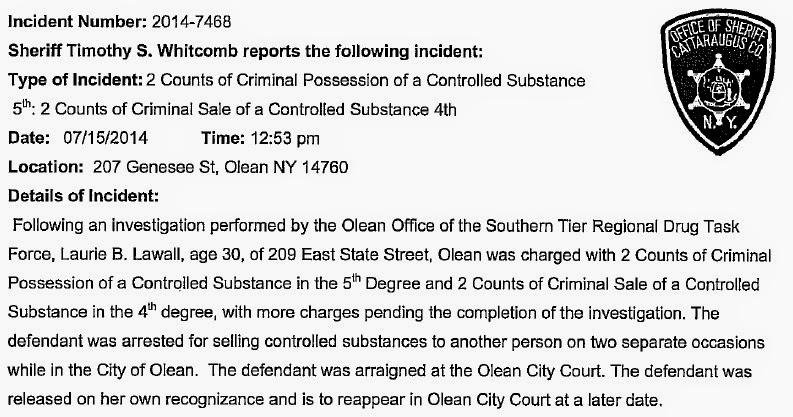ALFRED, NY, July 2014 – Mayuki Miyashita, a 14-year-old from Maryville, TN, is the Grand Prize winner in the Young Pianist Competition which highlighted Alfred University’s (AU) weeklong (July 6-12) MostArts Festival 2014.
Miyashita receives $10,000 and will be invited back to campus for a solo recital sometime during the 2014-15 AU academic year.
Eight finalists from the United States and Canada participated in the competition, open to high school students ages 13-18. The finalists performed the first movement of their selected Mozart Concerto (a competition requirement) with the MostArts Festival Orchestra before an international panel of judges - Ukrainian pianist Vladislav Kovalsky, American pianist Anthony Pattin, German-born pianist Andreas Klein - and live audiences.
Second Prize, $2,500, was awarded to Eden Chen, 15, from Rowland Heights, CA. Third place, carrying a $1,500 reward, went to Kada Qian, 16, of Westford, MA.
The awards were made during a gala performance Saturday evening capping off the festival activities. University President Dr. Charles M. Edmondson offered a farewell message to the musicians and the capacity audience. The prizes were made possible through the privately sponsored Hutter Memorial Fund.
Additional honors included:
Judges’ Discretionary Award – Eric Lin, 13, Falls Church, VA; William Wang, 16, Woodbridge, CT; and Duo Xu, a senior at Williamsville East High School, Amherst
Best 20th Century Composter Performance – Roger Shen, New Hampshire
Best Bach Performance – Anson Hui, 15, Ontario, Canada
Friday Night Audience Favorite – Hui
MostArts Festival Orchestra Favorite – Hui
Miyashita was also selected the Thursday Night Audience Favorite. She has received first prizes in many competitions such as the Music Teachers National Association and the Tennessee Music Teachers Association. In 2013, she performed with the Knoxville Symphony Youth Orchestra and the Maryville (TN) College Orchestra. She won second prize in the 2013 Kaufman Music Center International Youth Piano Competition in New York. In January 2014, Miyashita appeared as a soloist on NPR’s “From the Top.”
“For me, piano is a way to express myself,” said Miyashita. “Piano can have a huge range of sounds and many colors. When I’m playing the piano, I feel like it’s one big orchestra and I can be a conductor.”
She played Mozart’s Piano Concerto No. 12 for the Alfred competition. “What I really like is this piece is so pure and clean. It’s so simple and pretty, so it makes me full of joy when I’m playing it.”
Dr. Lisa Lantz, chairman of the AU Performing Arts Division, associate professor of music/strings, and director of the AU Symphony Orchestra, is the founder and artistic director for the MostArts Festival and the Young Pianists Competition. Lantz conducted the Festival Orchestra throughout the weeklong series of events, July 6-12.
She envisioned the festival as a forum to bring together prominent classical musicians and aspiring amateur performers. She also saw it as a way to enrich the cultural, economic, and educational potential of the Alfred community.
“The entire MostArts Festival, from the Chamber Music Series, the Piano Competition, recitals, Evening Concert Series, glass blowing demonstrations, art exhibitions, and Wayne Higby’s ‘Raku Extravaganza,’ met all of my expectations and more,” said Lantz. “The ‘more’ pertains to the infectious enthusiasm generated by the community, parents, and musicians... it was a week of magic. The village of Alfred and Alfred University joined together for a rare celebration of music and art. We are on the threshold of a new era.”














